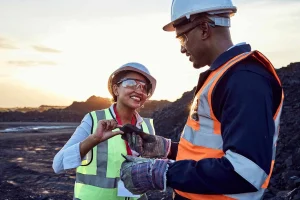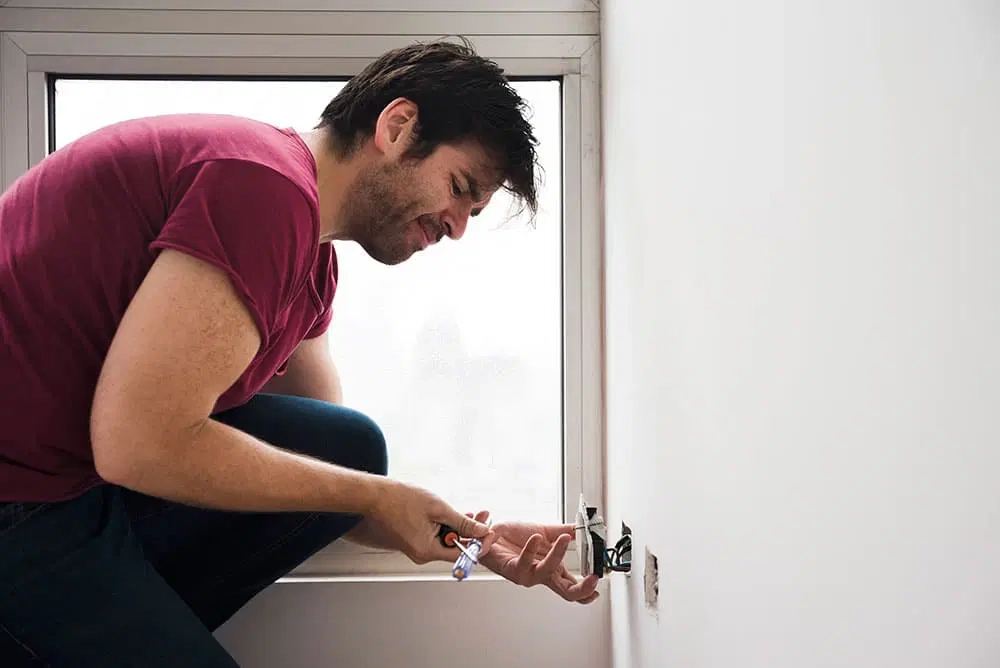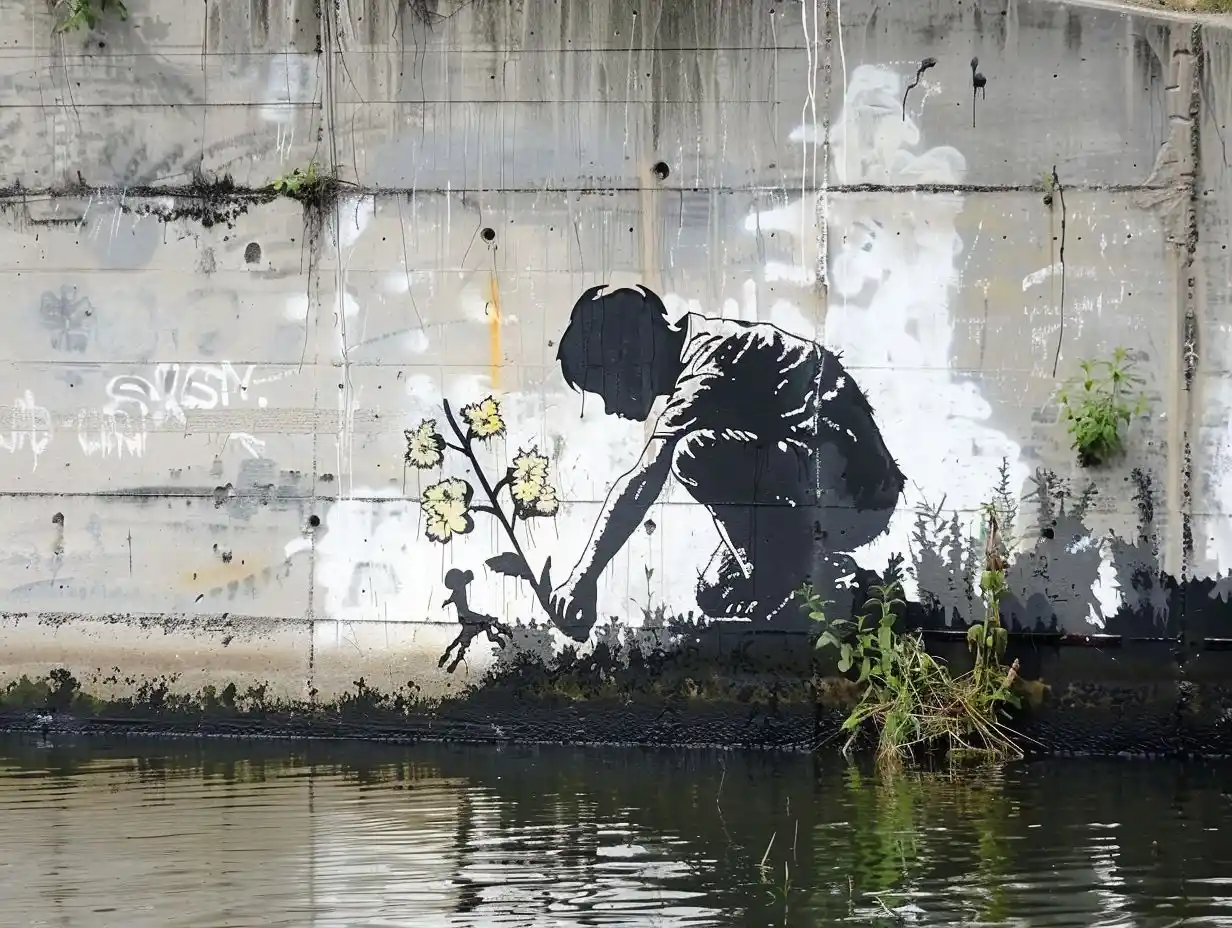As the art world evolves, a concern arises about the environmental impact of creative expression. The artistic process generates waste and emissions. However, embracing sustainable strategies offers a solution. By reducing their ecological footprint, artists can unlock efficiencies. Exploring art and sustainability reveals benefits beyond creativity, shaping a mindful, eco-conscious future.
Key Takeaways
- Resource optimization practices in art reduce environmental impact by minimizing waste and emissions during the creative process.
- Sustainable material sourcing strategies are implemented to conserve resources and reduce ecological footprint.
- Artists adopt end-of-life strategies for art pieces to minimize waste and promote recycling.
- Optimizing resources in art creation improves productivity, reduces costs, and promotes a greener future.
- By integrating sustainable practices, artists can create environmentally friendly art that resonates with audiences and inspires positive change.
Resource Waste: A Growing Concern
As the world grapples with the escalating threat of depletion, the staggering volume of resource waste has become a pressing concern, underscoring the imperative for effective resource optimization practices. The alarming rates of waste generation necessitate a fundamental shift towards sustainable practices, highlighting the critical role of resource optimization options in mitigating environmental degradation.
Unlocking Efficiency Through Optimization
By embracing strategic asset allocation practices, organizations can significantly reduce inefficiencies and unlock efficiencies, thereby minimizing the environmental footprint of their operations. Effective resource optimization practices empower companies to streamline processes, reduce waste, and allocate resources more efficiently. This, in turn, leads to improved productivity, reduced costs, and boosted sustainability.
- Process streamlining: Eliminate unnecessary steps and optimize workflows.
- Resource reallocation: Reassign underutilized resources to high-priority tasks.
- Supply chain optimization: Implement just-in-time inventory management and reduce transportation costs.
- Energy-efficient solutions: Implement sustainable energy sources and reduce energy consumption.
Sustainable Art Practices in Action
In the pursuit of artistic expression, many creative professionals are now adopting sustainable art practices that not only diminish their environmental impact but cultivate a deeper connection with their audience. By integrating resource optimization options into their workflow, artists can reduce waste, conserve resources, and create more mindful, eco-friendly art that resonates with their audience.
Reducing Environmental Footprint Effectively
To effectively minimize their ecological impact, artists must adopt a thorough approach that incorporates resource optimization practices into every stage of their creative process, from sourcing materials to exhibition and disposal. This all-encompassing approach empowers artists to reduce their environmental footprint effectively.
- Implementing sustainable material sourcing and procurement strategies.
- Reducing waste and emissions during the creative process.
- Designing exhibitions and displays with minimal environmental impact.
- Developing end-of-life strategies for art pieces and materials.

Frequently Asked Questions
How Can Artists Balance Creative Freedom With Resource Optimization Practices?
By embracing a comprehensive approach, artists can find a balance between creative freedom and resource optimization practices, utilizing sustainable materials, efficient workflows, and cutting-edge technologies to minimize environmental impact while preserving artistic vision.’
Can Resource Optimization Hinder Artistic Innovation and Expression?
While resource optimization can promote artistic ingenuity by streamlining processes, it may also restrict creative freedom by imposing limitations, potentially hindering artistic expression and stifling groundbreaking breakthroughs if not balanced with artistic autonomy.
What Role Do Art Schools Play in Promoting Sustainable Art Practices?
Art schools play a pivotal role in promoting sustainable art practices by integrating eco-friendly materials, encouraging nurturing, and cultivating a culture of environmental responsibility, thereby shaping the next generation of artists to prioritize sustainability.
How Do I Measure the Environmental Impact of My Art Studio’s Operations?
To measure the environmental impact of your art studio’s operations, track power and water consumption, waste generation, and material usage; conduct a life cycle assessment to identify areas for improvement and implement sustainable practices.
Can Resource Optimization Practices Be Applied to All Forms of Art?
While some art forms naturally lend themselves to resource optimization, others may require creative adaptations; a detailed understanding of each art form’s unique requirements is crucial to successfully applying resource optimization practices universally.
Conclusion
To sum up, the integration of resource optimization practices in art production yields substantial environmental benefits. By streamlining processes and adopting sustainable material sourcing strategies, artists can minimize waste and emissions, contributing to a greener future. Effective resource optimization facilitates the creation of impactful, eco-friendly art pieces, underscoring the importance of sustainable art practices in mitigating environmental degradation.
You May Also Like:




